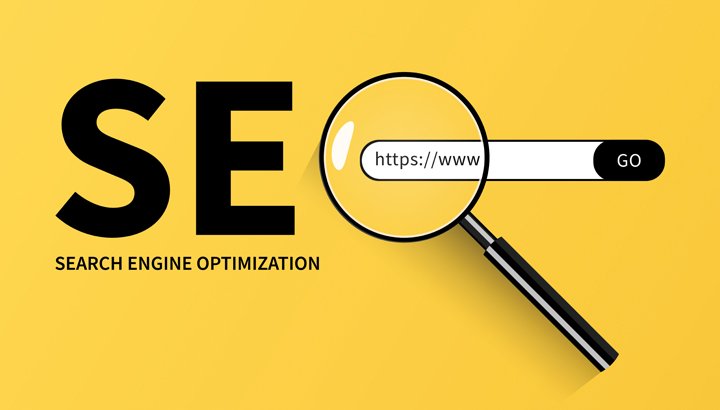Optimizing Your Website for Search Engines: A Strategic Imperative
Search Engine Optimization (SEO) has evolved from a niche technical discipline into a cornerstone of modern business strategy. It is the sophisticated process of enhancing a website’s visibility within the unpaid, or “organic,” results of search engines. Far beyond mere keyword manipulation, contemporary SEO is a dynamic interplay of technical precision, content strategy, and brand authority, all aimed at satisfying user intent and demonstrating value to search algorithms. In an era where search engines are the primary gateway to information, mastering SEO is not just advantageous; it is a critical driver of sustainable growth, brand credibility, and market relevance. Success requires a holistic approach that integrates the technical foundation of a site with the quality of its content and its reputation across the web.
The Symbiotic Core: Semantic Strategy and Technical Structure
Effective SEO begins with the understanding that search engines no longer simply match keywords; they interpret meaning. The advent of semantic search compels a shift from targeting isolated phrases to building topical authority. [1][2] This is achieved through a “topic cluster” model, where a central, comprehensive “pillar” page on a core subject is supported by multiple “cluster” pages that delve into related subtopics. [1][3] For example, a marketing agency’s pillar page on “Digital Advertising” would be internally linked to cluster pages on “Pay-Per-Click Campaigns,” “Social Media Ads,” and “Display Advertising Metrics.” This structure does more than organize content for users; it creates a clear map for search engine crawlers, demonstrating a deep and interconnected knowledge base. [3][4] This content architecture must be supported by a flawless technical framework. The implementation of structured data, or Schema markup, is critical. This code vocabulary explicitly defines content for search engines—identifying an article’s author, a product’s price, or an event’s date—helping them understand and categorize information with precision. [1][5] This synergy between semantic content strategy and technical markup allows a website to communicate its expertise directly to search algorithms, forming a foundation of relevance and trust that is essential for high rankings. [2]
Digital PR: Building Authority Through Earned Media
Off-page SEO, primarily the acquisition of backlinks, has matured from a numbers game into a sophisticated exercise in digital public relations. [6][7] The governing principle is quality over quantity; a single backlink from a highly authoritative and topically relevant source, such as a major news publication or a leading industry journal, carries more weight than hundreds of low-quality links. [6] The most valuable links are not bought or bartered but are earned editorially when journalists, bloggers, and content creators choose to cite your content because it provides unique value. [7][8] This is the domain of digital PR, which focuses on creating “linkable assets”—content so newsworthy, data-rich, or insightful that it naturally becomes part of the online conversation. [9][10] A prime example is a financial services firm publishing an original research report on retirement savings trends. This proprietary data becomes a valuable resource for journalists covering personal finance, who will cite the report and link back to the source, thereby conferring significant authority. [10] This strategy reframes link building as a media relations function, where the goal is to establish the brand as a credible source and thought leader, with high-quality backlinks being the natural and powerful byproduct. [7][9]
E-E-A-T and User Experience: The Human-Centric Ranking Paradigm
Google’s emphasis on E-E-A-T—Experience, Expertise, Authoritativeness, and Trustworthiness—has cemented the importance of a human-centric approach to content and site quality. [11][12] While not a direct ranking factor itself, E-E-A-T is a framework used by Google’s human quality raters to assess search results, and its principles are indirectly woven into ranking algorithms. [12][13] Demonstrating E-E-A-T involves tangible actions: content should be created by credible authors with demonstrable first-hand experience or expertise, claims must be supported by citations to reputable sources, and the website must be transparent about its ownership and purpose. [11][14] For example, a medical information site must feature articles written or reviewed by certified doctors, with clear author bios and credentials, to be considered trustworthy. [12] This focus on trust is inextricably linked to the technical user experience. Google’s Core Web Vitals are specific metrics that measure a page’s loading performance (Largest Contentful Paint – LCP), interactivity (Interaction to Next Paint – INP), and visual stability (Cumulative Layout Shift – CLS). [15][16] A site that loads quickly and provides a smooth, stable interface is perceived as more reliable and user-friendly, which contributes to user trust and satisfaction. [15][17] Therefore, optimizing for these technical metrics is no longer just a performance tweak; it is a fundamental signal of quality and a crucial component of demonstrating overall trustworthiness to both users and search engines. [18][19]



